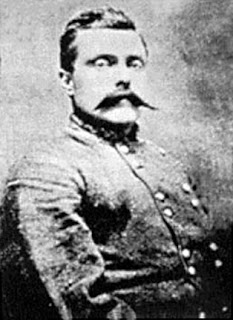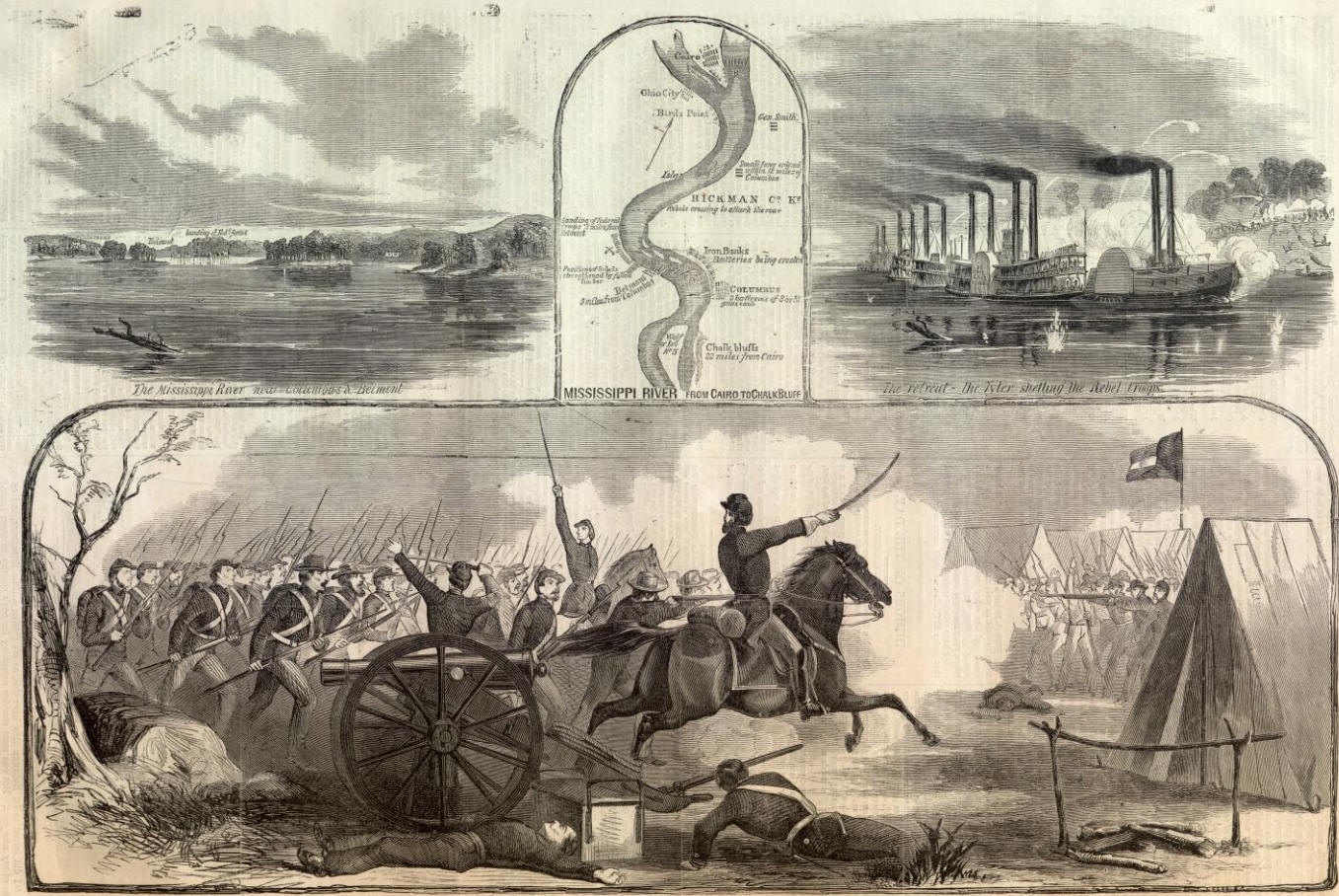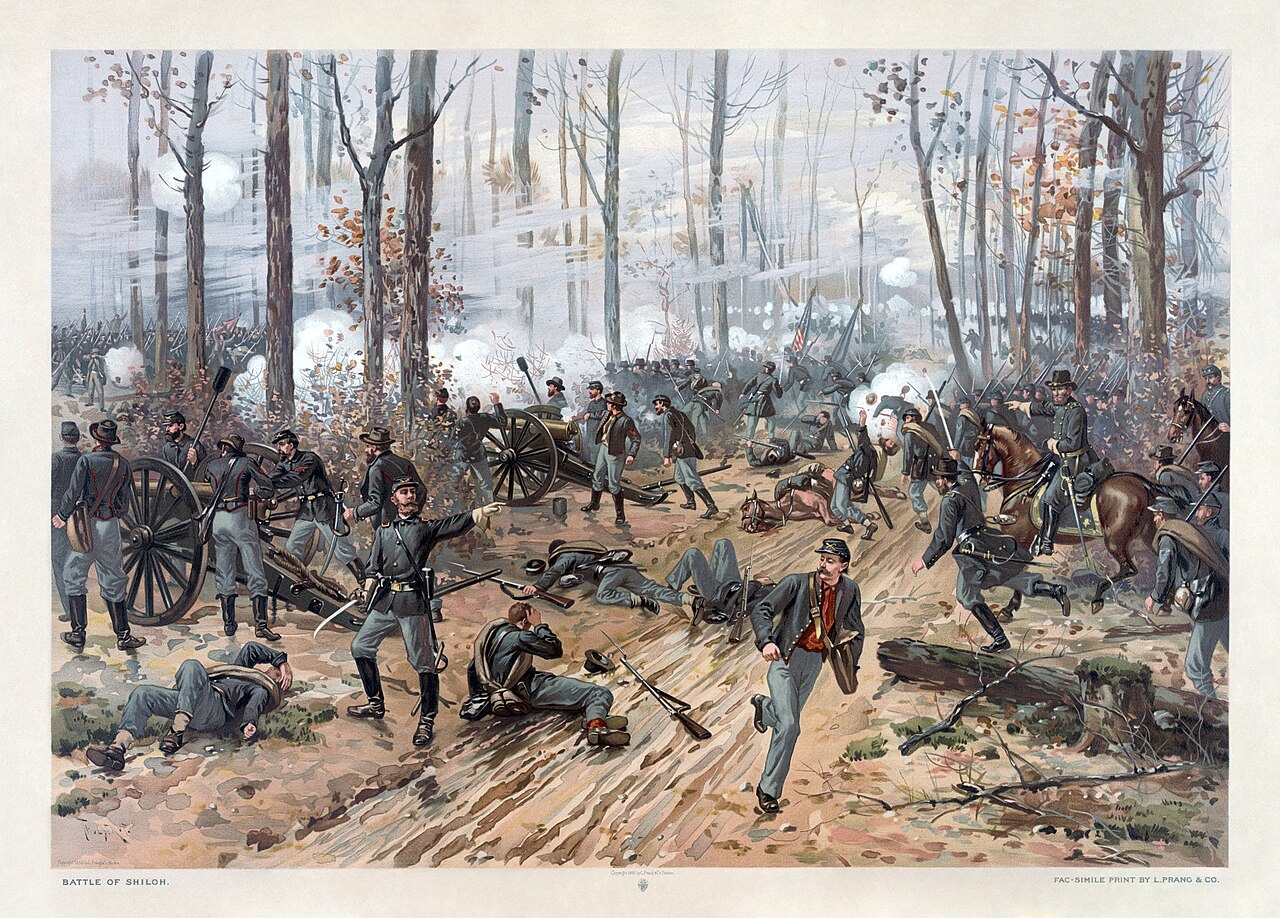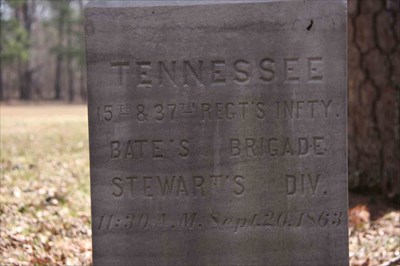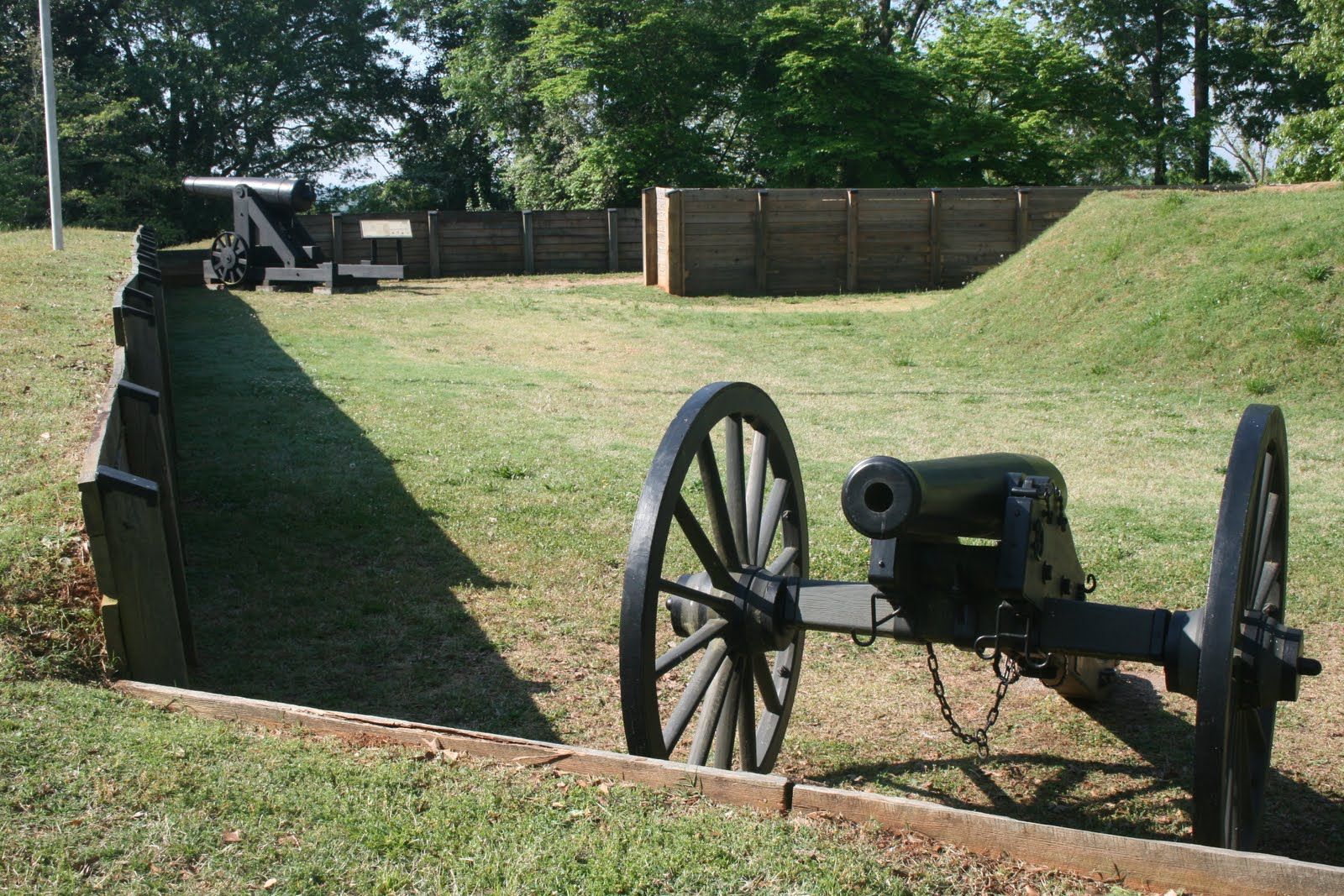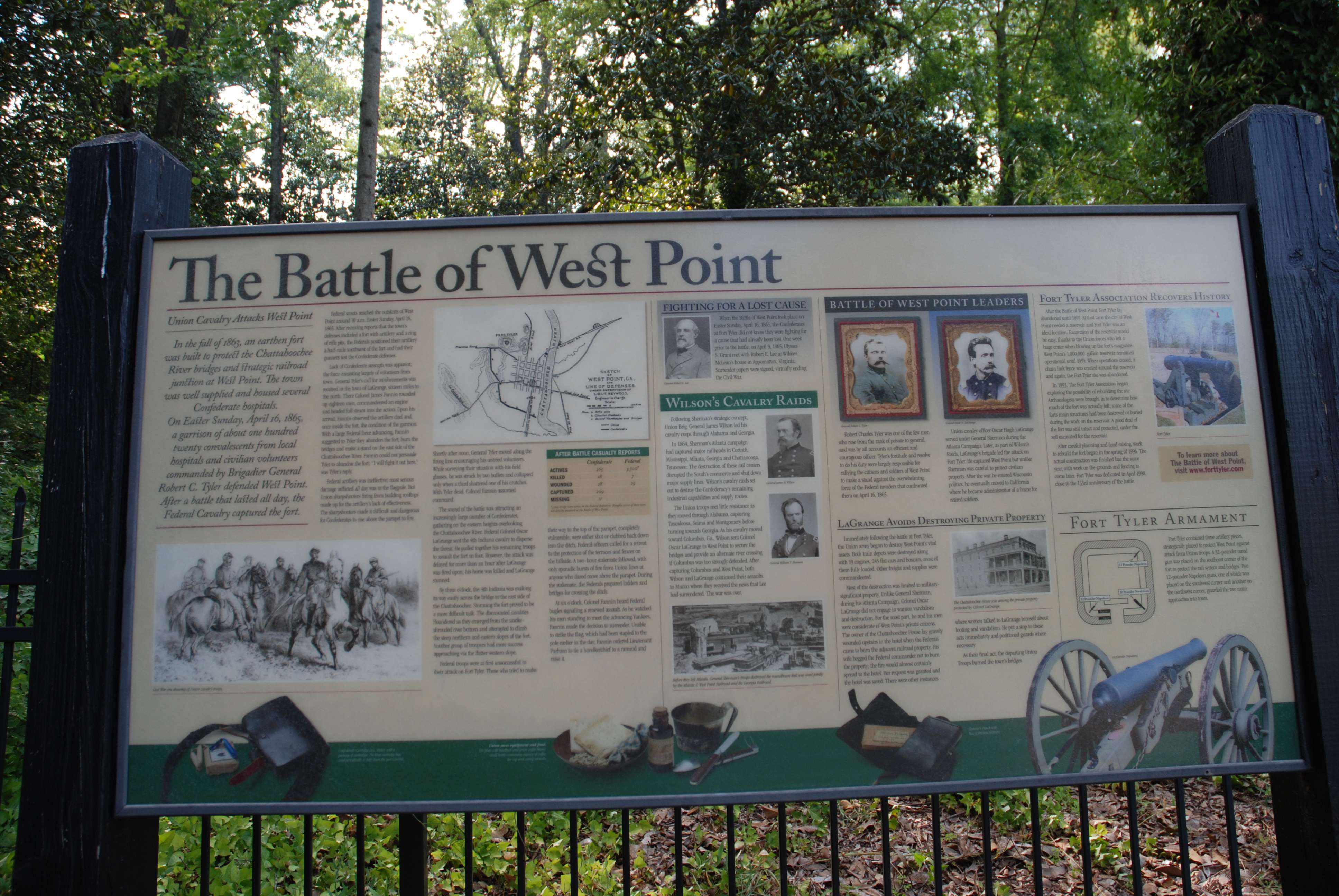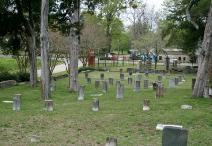Sunday, 16 April 1865
The North was deep in mourning while the South felt great dismay as news of the Lincoln assassination spread. Federal troops pursued John Wilkes Booth and David Herold in Maryland. Previously, Dr. Samuel Mudd had ordered Booth and Herold out of his house after learning of President Lincoln's assassination. Early in the morning, the two fugitives arrived at the Rich Hill home of Samuel Cox, after a harrowing trip through swamps and over meager trails. Meanwhile, Federal authorities captured Lewis Paine at the boardinghouse of Mrs. Mary Suratt. Authorities also arrested Mrs. Suratt as a co-conspirator after learning that Booth and his accomplices had discussed assassination plans in her home.
In Washington, DC, Mrs. Lincoln was prostrate with grief while newly sworn President Andrew Johnson was gathering up the reins of his new office. Radical Republicans were hopeful that the new President would be more amenable to their policies than Lincoln had been, which included retribution for secession and further treating the Southern States as conquered territory. Johnson met with former President Lincoln's cabinet, then with Radical Republican leaders in Congress. Leading Radical Senator Benjamin F. Wade of Ohio told him, "Johnson, we have faith in you. By the gods, there will be no trouble running the government."
In North Carolina, plans were set for a meeting of Confederate General Joseph E. Johnston and Federal Major General William T. Sherman, although more skirmishing occurred at Crawford, Girard and Opelika, Alabama.
The entourage of carriages and horses of President Jefferson Davis and the remnants of the fleeing Confederate government arrived in Lexington, North Carolina, but would have to continue on rapidly in light of the approaching Johnston-Sherman negotiations.
Union Secretary of the Navy Gideon Welles directed: "To prevent the escape of the assassin who killed the President and attempted the life of Secretary of State, search every vessel that arrives down the bay. Permit no vessel to go to sea without such search, and arrest and send to Washington any suspicious persons." Response was immediate; ships took stations "...on the coast of Maryland and Virginia."
The Navy Department directed that on 17 April a gun be fired in honor of the late President Abraham Lincoln each half hour, from sunrise to sunset, that all flags be kept at half-mast until after the funeral, and that officers wear mourning crepe for six months.
Skirmishing breaks out at Crawford, at Girard, and near Opelika, Alabama, with Union Brigadier General James H. Wilson's cavalry. They also see action at Columbus, Georgia, before occupying the town. The Union troops then attack Fort Tyler, near West Point, Georgia, and occupy West Point.
Confederate Brigadier General Robert Charles Tyler is mortally wounded by a Federal sharpshooter, while defending a Confederate earth work called Fort Tyler on the western side of the town of West Point, Georgia, against the advancing Federal cavalry under Brigadier General James H. Wilson.
The North was deep in mourning while the South felt great dismay as news of the Lincoln assassination spread. Federal troops pursued John Wilkes Booth and David Herold in Maryland. Previously, Dr. Samuel Mudd had ordered Booth and Herold out of his house after learning of President Lincoln's assassination. Early in the morning, the two fugitives arrived at the Rich Hill home of Samuel Cox, after a harrowing trip through swamps and over meager trails. Meanwhile, Federal authorities captured Lewis Paine at the boardinghouse of Mrs. Mary Suratt. Authorities also arrested Mrs. Suratt as a co-conspirator after learning that Booth and his accomplices had discussed assassination plans in her home.
In Washington, DC, Mrs. Lincoln was prostrate with grief while newly sworn President Andrew Johnson was gathering up the reins of his new office. Radical Republicans were hopeful that the new President would be more amenable to their policies than Lincoln had been, which included retribution for secession and further treating the Southern States as conquered territory. Johnson met with former President Lincoln's cabinet, then with Radical Republican leaders in Congress. Leading Radical Senator Benjamin F. Wade of Ohio told him, "Johnson, we have faith in you. By the gods, there will be no trouble running the government."
In North Carolina, plans were set for a meeting of Confederate General Joseph E. Johnston and Federal Major General William T. Sherman, although more skirmishing occurred at Crawford, Girard and Opelika, Alabama.
The entourage of carriages and horses of President Jefferson Davis and the remnants of the fleeing Confederate government arrived in Lexington, North Carolina, but would have to continue on rapidly in light of the approaching Johnston-Sherman negotiations.
Union Secretary of the Navy Gideon Welles directed: "To prevent the escape of the assassin who killed the President and attempted the life of Secretary of State, search every vessel that arrives down the bay. Permit no vessel to go to sea without such search, and arrest and send to Washington any suspicious persons." Response was immediate; ships took stations "...on the coast of Maryland and Virginia."
The Navy Department directed that on 17 April a gun be fired in honor of the late President Abraham Lincoln each half hour, from sunrise to sunset, that all flags be kept at half-mast until after the funeral, and that officers wear mourning crepe for six months.
Skirmishing breaks out at Crawford, at Girard, and near Opelika, Alabama, with Union Brigadier General James H. Wilson's cavalry. They also see action at Columbus, Georgia, before occupying the town. The Union troops then attack Fort Tyler, near West Point, Georgia, and occupy West Point.
Confederate Brigadier General Robert Charles Tyler is mortally wounded by a Federal sharpshooter, while defending a Confederate earth work called Fort Tyler on the western side of the town of West Point, Georgia, against the advancing Federal cavalry under Brigadier General James H. Wilson.


